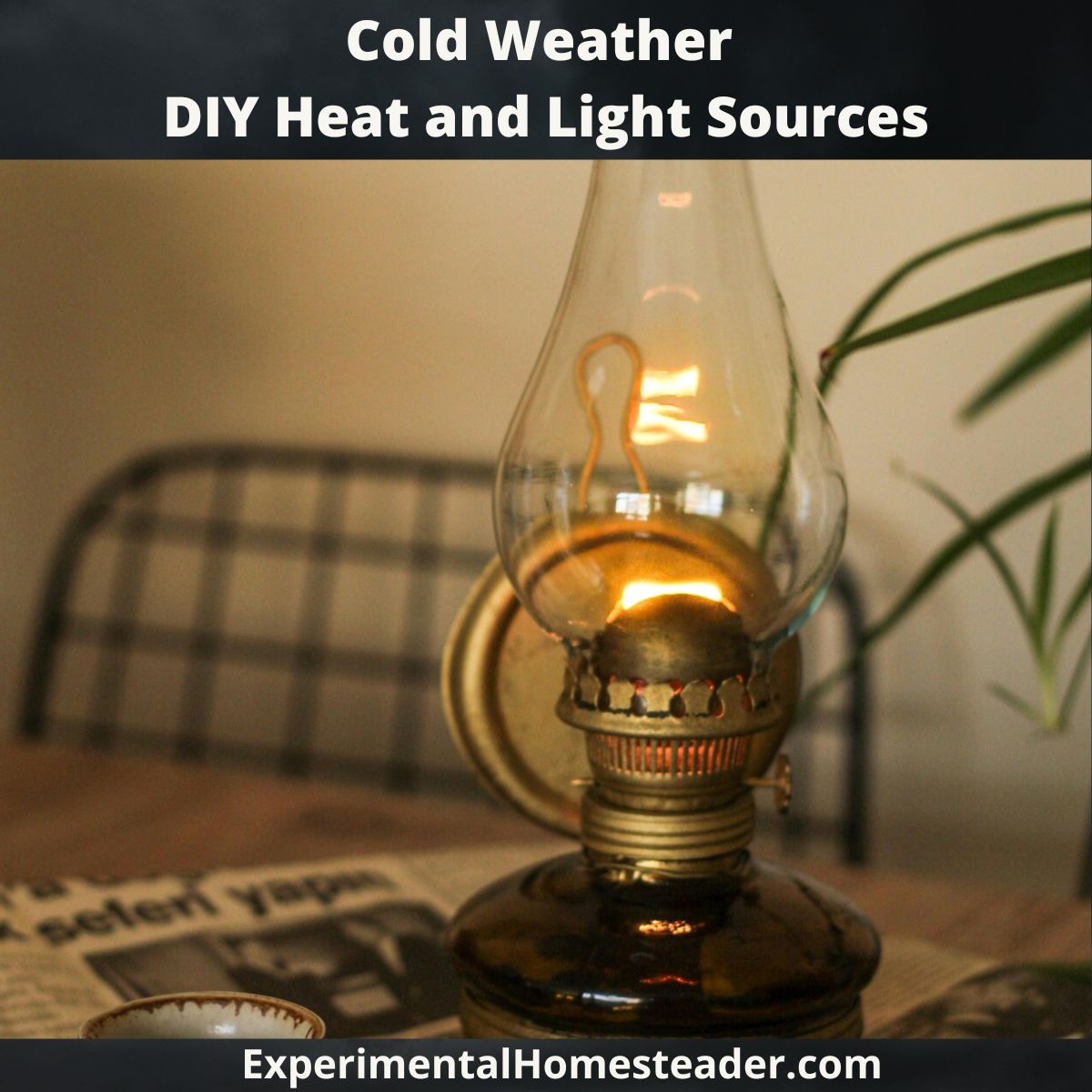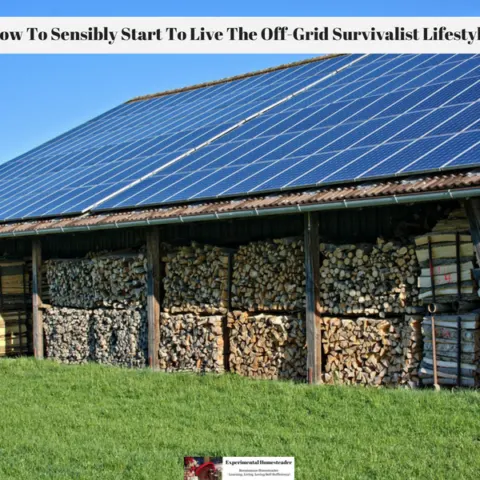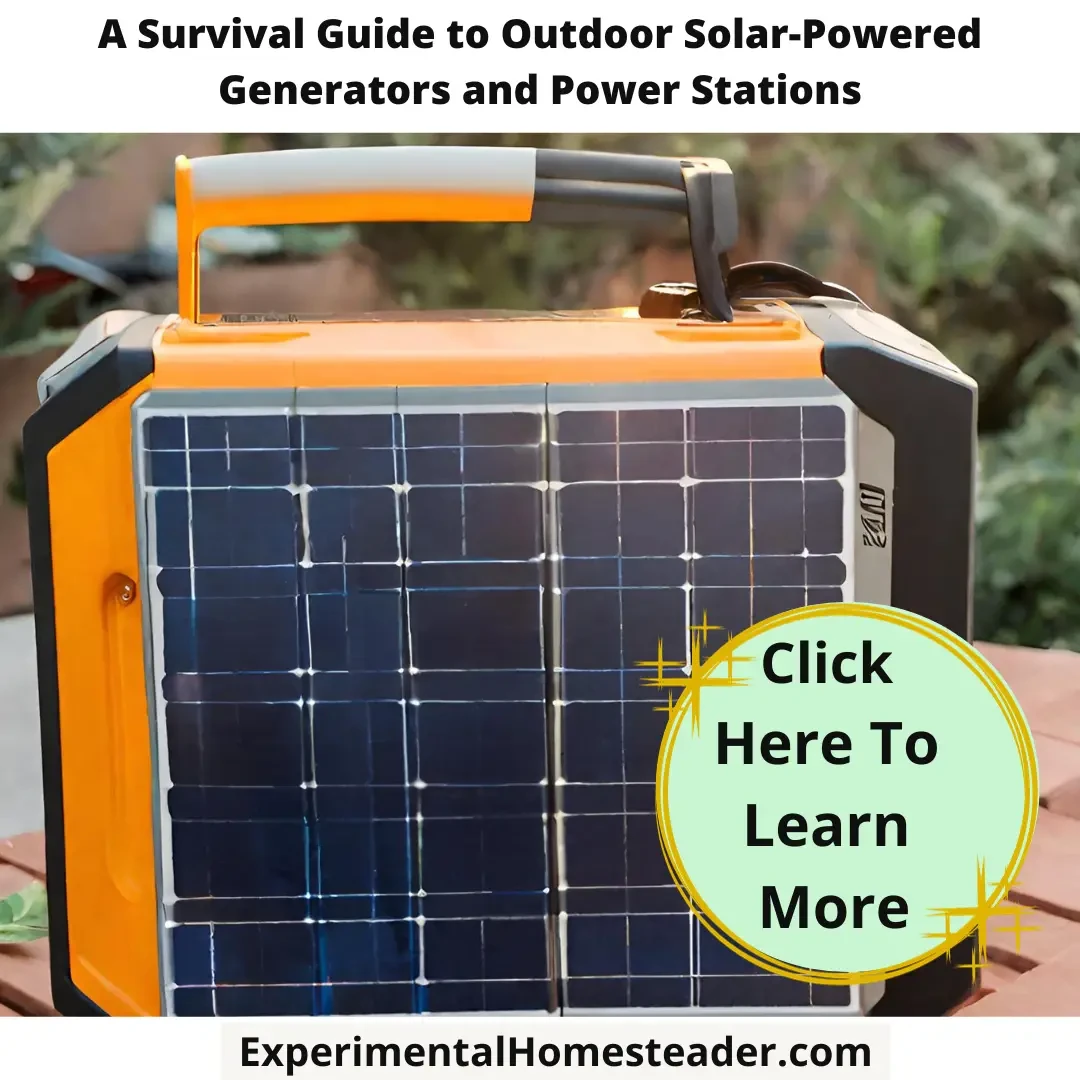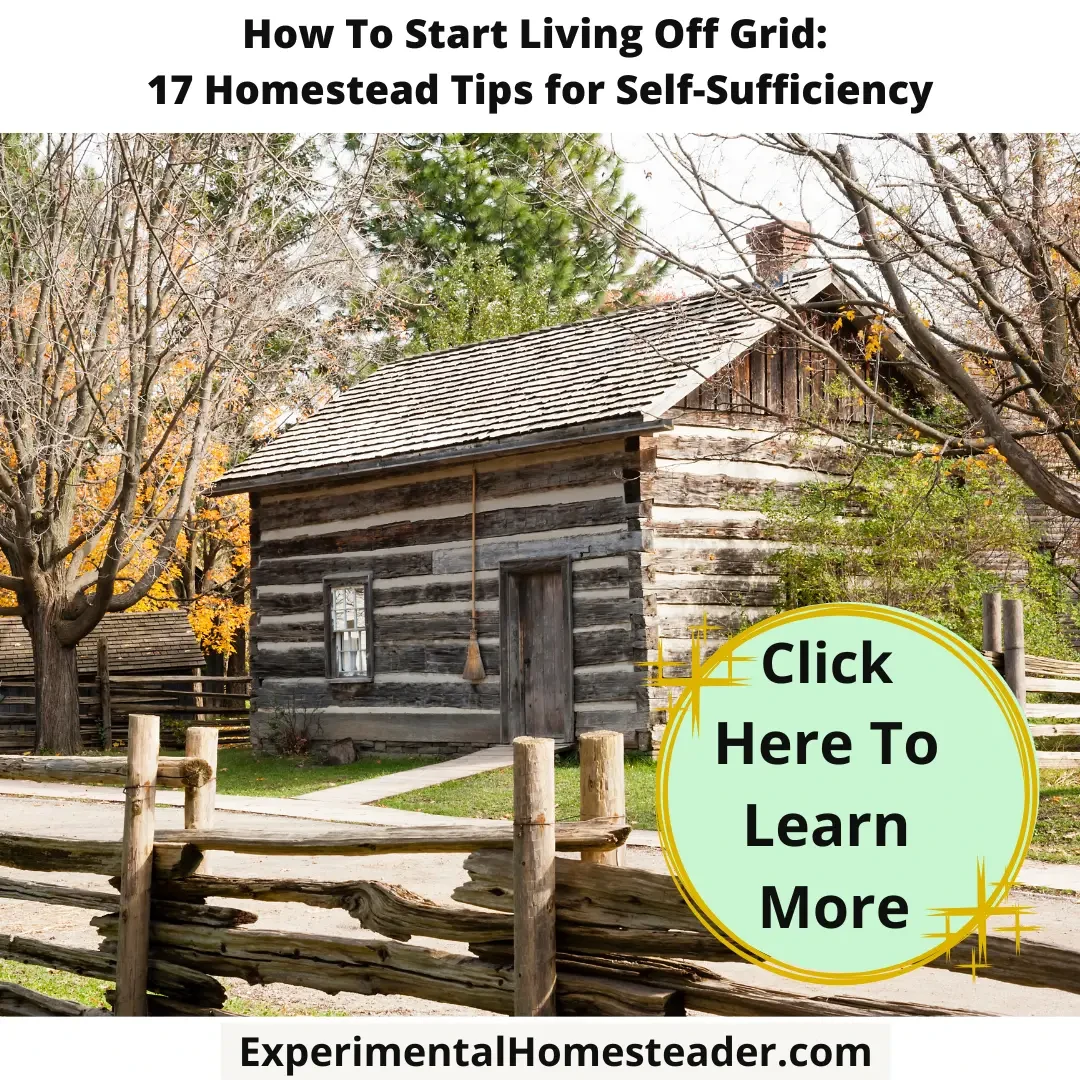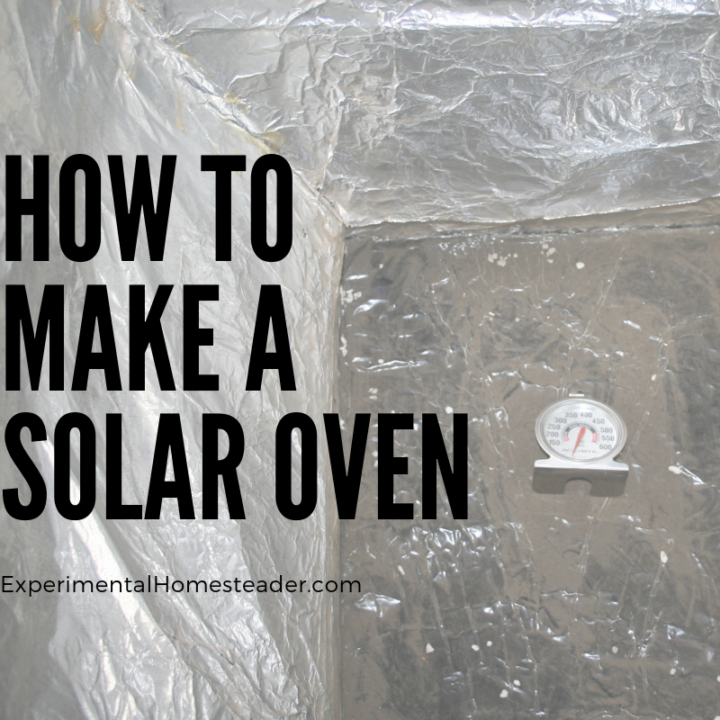Cold Weather DIY Heat and Light Sources are something every prepper and homesteader should think about before winter sets in.
While it’s true there are clever hacks you can pull from your pantry when you’re desperate - like turning Crisco into a candle or stacking clay pots into a heater - the reality is you don’t want to be relying on makeshift solutions when the grid goes down.
In cold weather, safety, reliability, and long burn times matter most.
That’s why I always encourage stocking up on batteries, flashlights, kerosene lamps, especially Aladdin Lamps.
These tools are designed for exactly these situations, and they’ll give you peace of mind long before you’re fumbling with crayons by candlelight.
Still, knowing the DIY options is valuable - just in case every other resource is gone.
Let’s talk about the best gear to have on hand, and then the hacks you can fall back on as a last resort.
Stocking Up: The Smarter Prepper Choice
One of the best lessons I’ve learned over years of homesteading is that preparation is all about layering.
Sure, you can learn hacks for lighting and heating in an emergency, but if you want real security, your first step should always be to stockpile dependable supplies.
Batteries and flashlights may not sound exciting, but they’re your first line of defense in a blackout.
I recommend keeping a variety of sizes on hand - AA, AAA, D cells, and a few rechargeable batteries.
Pair those with a solar charger or a crank charger, and you’re no longer limited to however many batteries you managed to stash away.
Flashlights also offer flexibility you don’t get from open flames.
You can carry them safely from room to room, shine light exactly where you need it, and avoid the fire hazards that come with makeshift candles.
Invest in at least one heavy-duty flashlight with adjustable brightness.
The lower settings conserve energy, while higher settings are bright enough for emergency repairs or signaling.
Headlamps are another great option since they free up your hands for chores or repairs when the lights are out.
But light isn’t the only thing you’ll need when the temperature drops.
That’s where kerosene lamps come in.
Unlike candles that burn down fast, kerosene lamps provide steady light for hours.
The fuel stores well when sealed and kept in a cool, dry place, and you can easily rotate your supply.
Plus, kerosene lamps create a softer, more comfortable atmosphere than the harsh glare of some flashlights.
For me, the peace of mind comes from knowing I can flip a match, light the lamp, and have reliable light that doesn’t require electronics.
Stockpiling these supplies before the storm is a simple, effective way to keep your household safe.
Don’t Forget Cell Phones and Chargers
It’s easy to overlook your cell phone in a conversation about cold-weather preparedness, but it’s one of the most versatile tools you own.
Beyond calling for help, your phone can serve as a flashlight, a GPS, a weather alert system, and even a digital notebook for tracking supplies.
The catch is battery life - without a way to recharge, your phone won’t be much help for long.
That’s why I always recommend keeping at least one backup solar charger in your prep kit.
Solar chargers are a great option for long-term outages, while small power banks can keep a phone alive for a couple of days.
If you want to go the extra mile, invest in a hand-crank emergency charger that doubles as a radio.
Even if cell towers are down, your phone is still worth keeping charged for whenever service does come back.
Kerosene Lamps: Steady and Reliable
Kerosene lamps are one of those timeless tools that every homesteader should own.
Long before electricity was common, families relied on kerosene to light their homes.
It’s steady, dependable, and practical - and the technology hasn’t changed much.
In fact, it doesn’t need to.
A good kerosene lamp will light your space for hours without requiring constant attention or complicated upkeep.
What makes kerosene so valuable is its shelf life.
Stored properly, kerosene can last for years.
That means you can buy a few gallons, tuck them away in sealed containers, and know you’ve got backup fuel when you need it.
Compare that to batteries, which can drain or corrode over time, and you’ll see why kerosene has been a prepper’s staple for decades.
A little fuel goes a long way, and lamps are easy to refill.
Another advantage is the type of light a kerosene lamp produces.
It’s warmer and less harsh than most artificial light, which makes long nights without power feel a little more comfortable.
And unlike candles, which burn down quickly and need frequent replacement, a kerosene lamp can burn steadily through the evening without much fuss.
The glass chimneys also protect the flame from drafts, making them more reliable in stormy conditions.
That said, safety always comes first.
Kerosene lamps should only be used with proper ventilation.
While they are safe indoors with care, never burn them in tightly sealed spaces.
Always keep them away from children, pets, and anything flammable.
If you practice now - lighting, trimming the wick, cleaning the chimney - you’ll feel confident using them during an actual outage.
For most preppers, kerosene lamps are the middle ground between quick, portable flashlights and the powerhouse Aladdin Lamps.
They’re affordable, practical, and a great way to add both warmth and security to your preparedness plan.
Why Aladdin Lamps Outshine the Rest
While kerosene lamps are great, Aladdin Lamps are in a class of their own.
If you’ve never used one, you might wonder why preppers like me rave about them.
The difference comes down to brightness, efficiency, and dual-purpose functionality.
Unlike regular kerosene lamps, Aladdin Lamps use a special lamp mantle system that transforms the flame into a powerful, white light - closer to what you’d expect from a 60-watt electric bulb.
That means you can actually read, cook, or work comfortably by their glow.
The second big benefit is fuel efficiency.
Aladdin Lamps burn cleaner and longer than standard kerosene lamps, which saves both lamp oil fuel and hassle.
A single fill can provide hours of steady, bright light.
Plus, they produce radiant heat along with the light.
It’s not enough to replace a wood stove, but in a chilly room, that little bit of warmth is more than welcome.
It can help keep hands warm, prevent water pipes from freezing as quickly, and take the edge off a frigid night.
Durability is another strong selling point.
Aladdin Lamps are designed to last decades with proper care.
Replacement parts like lamp mantles, Aladdin wicks and Aladdin chimneys are readily available, and because they’ve been around for over a century, the technology is proven.
Yes, they cost more upfront than a standard kerosene lamp, but the performance is worth every penny.
In an extended power outage, one Aladdin Lamp can outshine dozens of candles or several standard lanterns.
When I think about prepping, I always consider the difference between “getting by” and “living comfortably.”
Crayons and shortening candles will get you by.
Flashlights and kerosene lamps will get you through.
But an Aladdin Lamp makes the whole situation more manageable.
You’re not just surviving - you’re functioning.
For me, that’s what preparedness is all about: having the tools in place to make emergencies less stressful and more livable.
Safety Disclaimer
DIY methods like Crisco candles, crayon candles, and terra cotta pot heaters are last-resort options only.
While they can provide light or warmth in an emergency, they also carry serious risks.
Crisco candles may create greasy soot, crayons burn fast and unevenly, and improvised setups are far more likely to tip or spill than proper lamps, potentially creating a fire hazard.
Never leave these unattended, keep them away from anything flammable, and always ensure proper ventilation.
For long-term safety, stock up on batteries, flashlights, kerosene lamps, and especially Aladdin Lamps - purpose-built tools that offer reliable light and gentle radiant heat without the unpredictable hazards of
makeshift solutions.
Treat DIY hacks as knowledge for true emergencies, not your primary plan.
Last-Resort DIY Hacks for Heat and Light
Now, let’s circle back to those DIY hacks everyone likes to talk about.
I’ll be honest - they’re clever, and I think it’s important to know them, but I’d never want to rely on them as my main source of light or heat.
They’re backups to the backups - things you turn to when every battery is dead, the kerosene is gone, and your lamps have burned out.
The most common hack is the Crisco candle.
Grab a jar of shortening, stick in a wick or a piece of twine, and you’ve got a makeshift candle that can burn for hours.
It’s messy and not nearly as reliable as a kerosene lamp, but it works in a pinch.
Then there are crayon candles.
Each crayon burns about 15 minutes on its own.
That’s just long enough to get a fire started or light your way for a short task.
Melt them down with wax to extend their burn time, but still, they’re not practical for long-term use.
Another hack is the terra cotta heater.
Place tea lights under an upside-down clay pot and you’ll create a small radiant heater.
It won’t warm your house, but it can take the chill out of a small room.
I wouldn’t trust it as a long-term solution, but as a temporary measure, it does the job.
The bottom line?
These hacks are worth keeping in your mental toolbox.
They can get you through the toughest moments when everything else fails.
But if you’ve stocked up properly on batteries, flashlights, kerosene, and Aladdin Lamps, you shouldn’t have to depend on them.
Think of these as your final safety net - handy knowledge that rounds out your preparedness skills, but not the foundation of your emergency plan.
Stay Safe, Stay Warm, Stay Ready
Preparedness is about being realistic.
Sure, you can light your way with crayons or heat a room with clay pots, but those are temporary fixes at best.
True peace of mind comes from investing in reliable gear that’s designed for the job.
Batteries, flashlights, and kerosene lamps are solid foundations, but if you want the best of the best, add an Aladdin Lamp to your setup.
With its bright, steady light and extra bit of heat, it turns survival into livability.
That doesn’t mean you should ignore the DIY hacks.
Knowing how to improvise with Crisco, crayons, or clay pots could save the day if every other option is gone.
But those should always be your last line of defense - not your main plan.
Stock wisely, practice now, and you’ll never have to panic when the grid goes down.
Instead, you’ll simply light your lamp, sip something warm, and ride out the storm in confidence.
Q & A: Cold Weather DIY Heat and Light Sources
Q: Should I rely on DIY hacks as my main plan for heat and light?
A: No. Think of them as last-resort measures. They’re clever, but not reliable enough for long-term use. Your best bet is stocking dependable gear first.
Q: What makes Aladdin Lamps better than regular kerosene lamps?
A: The mantle system. It transforms the flame into bright, white light you can actually read or work by. Plus, they’re more fuel-efficient and give off a small amount of radiant heat, making them a dual-function solution.
Q: Are flashlights still worth it if I have kerosene lamps?
A: Absolutely. Flashlights are portable, quick to use, and safe around kids and pets. Headlamps are especially handy for doing chores or making repairs during a blackout. Lamps provide atmosphere and longevity; flashlights give mobility and precision.
Q: How should I prioritize my preps?
A: Start with flashlights and batteries, then add kerosene lamps. Invest in at least one Aladdin Lamp for long outages. Finally, learn the DIY hacks so you’re never without options. It’s all about building layers of backup.
Q: Do these solutions really provide heat?
A: Some do. Aladdin Lamps give off noticeable radiant heat, and terra cotta heaters can take the edge off a cold room. But for real warmth, you’ll want a wood stove or propane heater as part of your broader prep.
Living Off Grid
How To Sensibly Start To Live The Off-Grid Survivalist Lifestyle
Learn how to sensibly start to live the off grid survivalist lifestyle you dream of and find out if it is the right choice for you before you make the move.
A Survival Guide to Outdoor Solar-Powered Generators and Power Stations
Discover the versatility of outdoor solar-powered generators. Stay connected and power essential appliances during outages with solar energy.
How To Start Living Off Grid: 17 Homestead Tips for Self-Sufficiency
17 Essential Tips for Thriving Off-Grid: From sustainable living to self-sufficiency, explore expert advice in this comprehensive guide!
Homesteading Today In The USA
Although the Homestead Act of 1862 is no longer in effect, free land is still available for those wanting to try their hand at homesteading today.
How To Make A Solar Oven
Try these easy desserts for solar cooking. As you gain experience you can learn how to cook your favorite desserts in your solar cooker.



